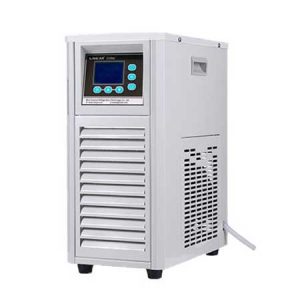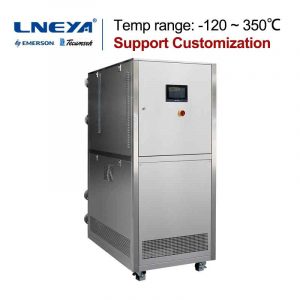system heating
System Heating: An In-Depth Analysis
Introduction to System Heating
System heating is a critical process in various applications, from residential heating to industrial processes, where maintaining a specific temperature is essential for comfort, safety, and efficiency. This article delves into the principles of system heating, exploring different heating methods, their applications, and the importance of temperature control in various systems.

Principles of System Heating
System heating involves the transfer of thermal energy from a heat source to a system to increase its temperature. This can be achieved through conduction, convection, or radiation. The choice of heating method depends on the nature of the system, the desired temperature, and the efficiency requirements.
Conduction: Heat is transferred through direct contact between materials.
Convection: Heat is transferred through the movement of fluids (liquids and gases).
Radiation: Heat is transferred through electromagnetic waves, without the need for a medium.
Applications of System Heating
System heating is essential in a variety of applications:
Residential Heating: Heating homes to provide comfort and prevent health issues related to cold temperatures.
Industrial Processes: Maintaining optimal temperatures for chemical reactions, material processing, and equipment operation.

Agricultural Applications: Heating greenhouses to promote plant growth and control the environment for optimal crop yields.
Aquatic Systems: Heating water for aquaculture and maintaining water temperatures in pools and aquariums.
Methods of System Heating
There are several methods of system heating, each with its advantages and disadvantages:
Electric Heating: Electric heaters use electrical resistance to generate heat. They are clean, easy to control, and suitable for small-scale applications.
Gas Heating: Gas heaters use the combustion of natural gas or propane to produce heat. They are efficient and can provide a large amount of heat quickly.
Renewable Energy Heating: Solar thermal collectors and geothermal heat pumps use renewable energy sources to heat systems. They are environmentally friendly and can reduce energy costs.
Heat Pumps: These devices transfer heat from a cooler space to a warmer space, often used for heating and cooling buildings.
Efficiency and Sustainability in System Heating

The efficiency of a heating system is measured by its ability to convert energy input into heat output. High-efficiency systems waste less energy and are more cost-effective in the long run. Sustainability is also a critical factor, with renewable energy sources becoming increasingly important due to their low environmental impact and potential for reducing greenhouse gas emissions.
Temperature Control in System Heating
Proper temperature control is essential for the efficiency and safety of heating systems. Sensors and control systems monitor and调节 temperature, ensuring that the system operates within the desired parameters. This prevents over-heating, which can lead to equipment damage or safety hazards, and under-heating, which can result in inefficiency and discomfort.
Conclusion
System heating is a fundamental process in many industries and residential settings. Understanding the principles, applications, methods, and importance of temperature control in system heating is crucial for optimizing efficiency and sustainability. By choosing the appropriate heating method and maintaining proper temperature control, industries and homeowners can ensure comfort, safety, and cost-effectiveness in their heating systems.
Related recommendations
water bath with thermostat
289Introduction A water bath with a thermostat is a device designed to maintain a constant temperature within a water - filled chamber. It is widely used in various fields, from scientific resear...
View detailsHow to solve the problem of out of control throttle valve in the circulating chiller?
987How to solve the problem of out of control throttle valve in the circulating chiller? 1、 How to determine if the throttle valve is out of control Excessive or insufficient flow ...
View detailsWhat Equipment can the Dynamic Temperature Control System be Used for?
1276What Equipment can the Dynamic Temperature Control System be Used for? Dynamic temperature control systems are widely used in petroleum, chemical, pharmaceutical and other industries. Our co...
View detailsair cooled chiller water cooled chiller
693Air-Cooled Chiller vs. Water-Cooled Chiller: A Comprehensive Comparison Chillers are indispensable in maintaining comfortable temperatures in commercial buildings, industrial processes, and dat...
View details
 LNEYA Chiller
LNEYA Chiller






HelloPlease log in